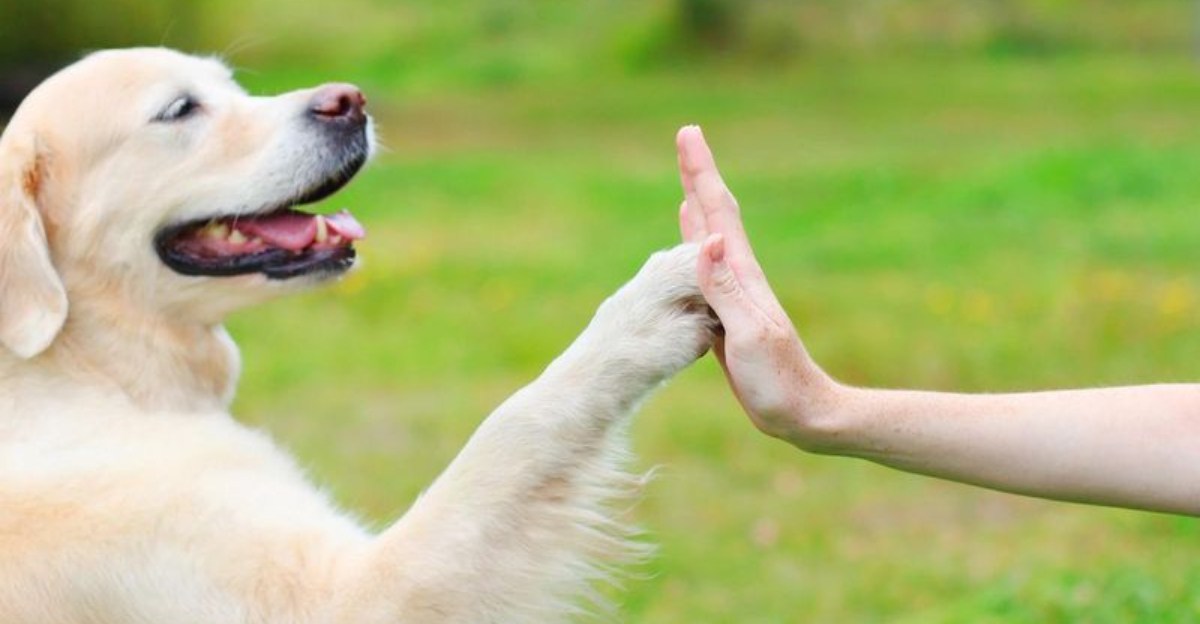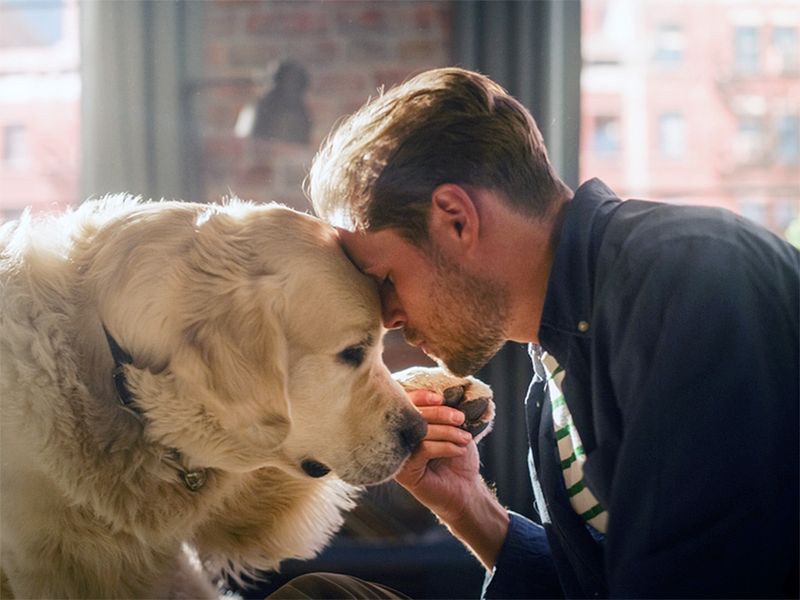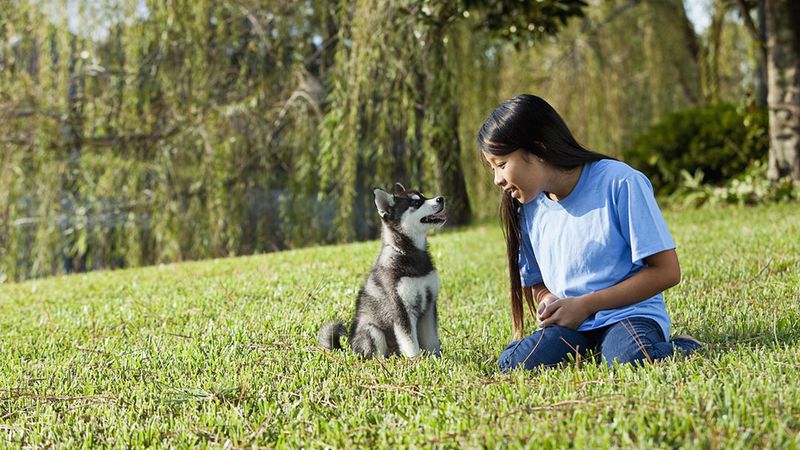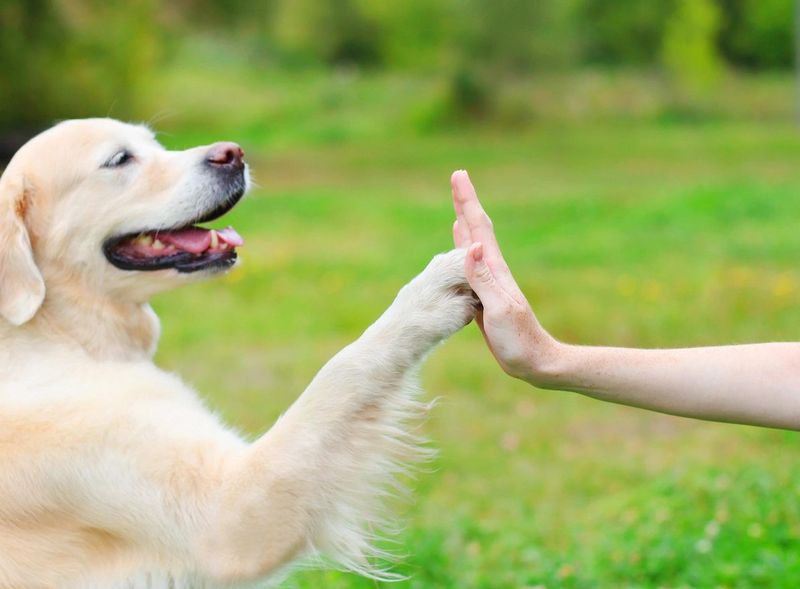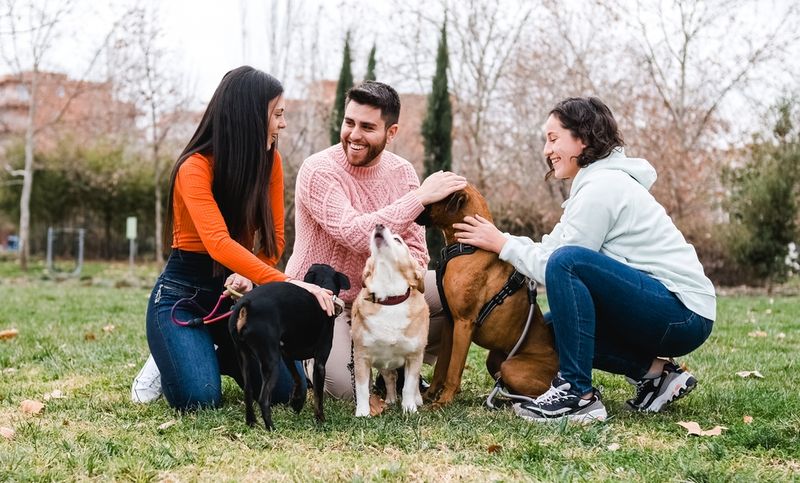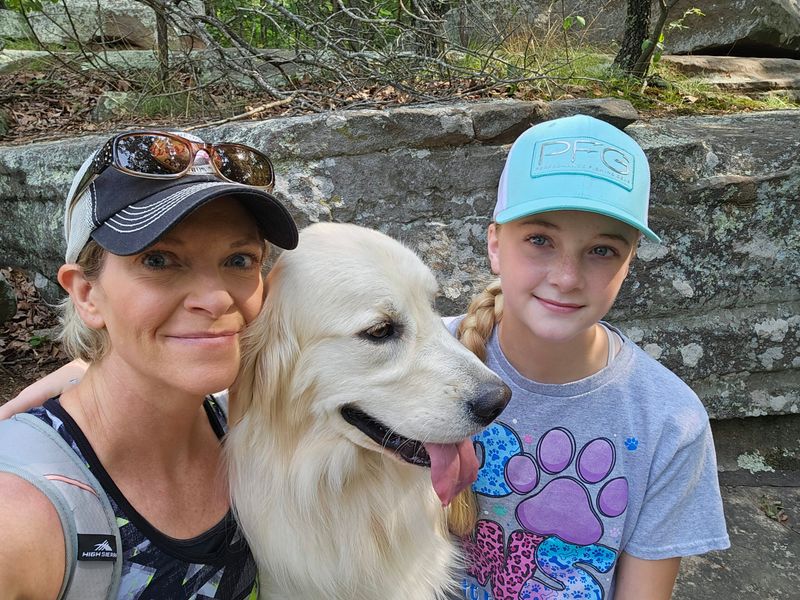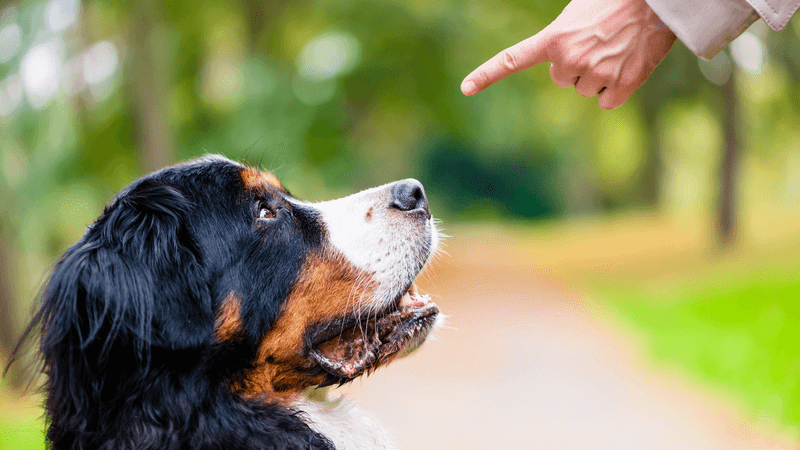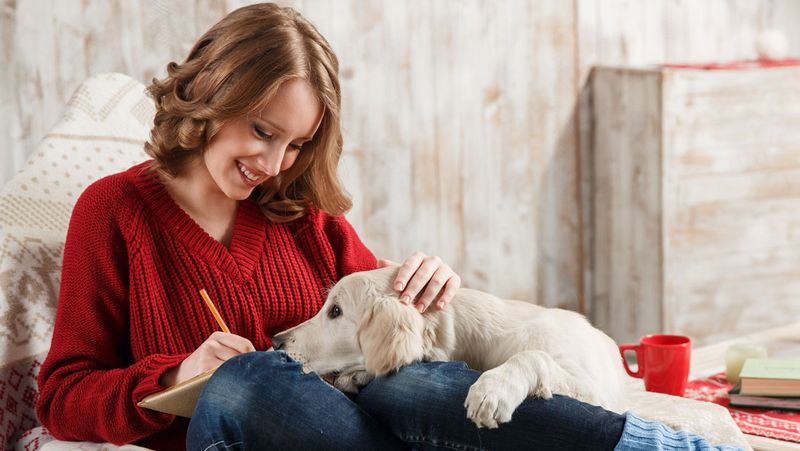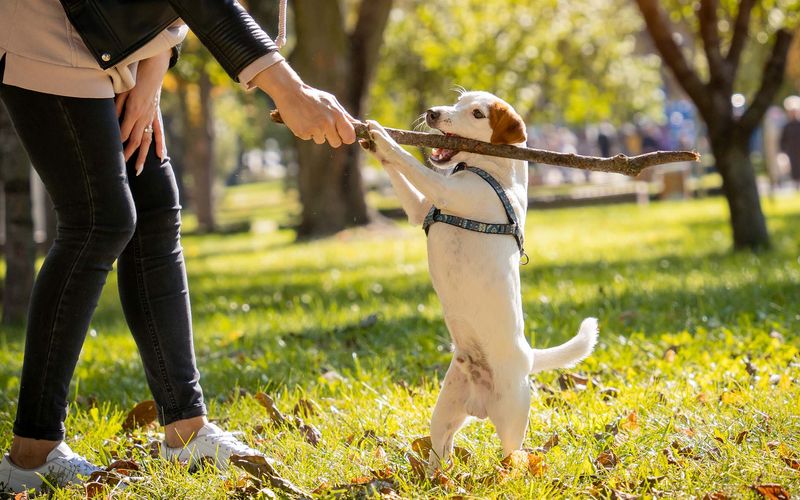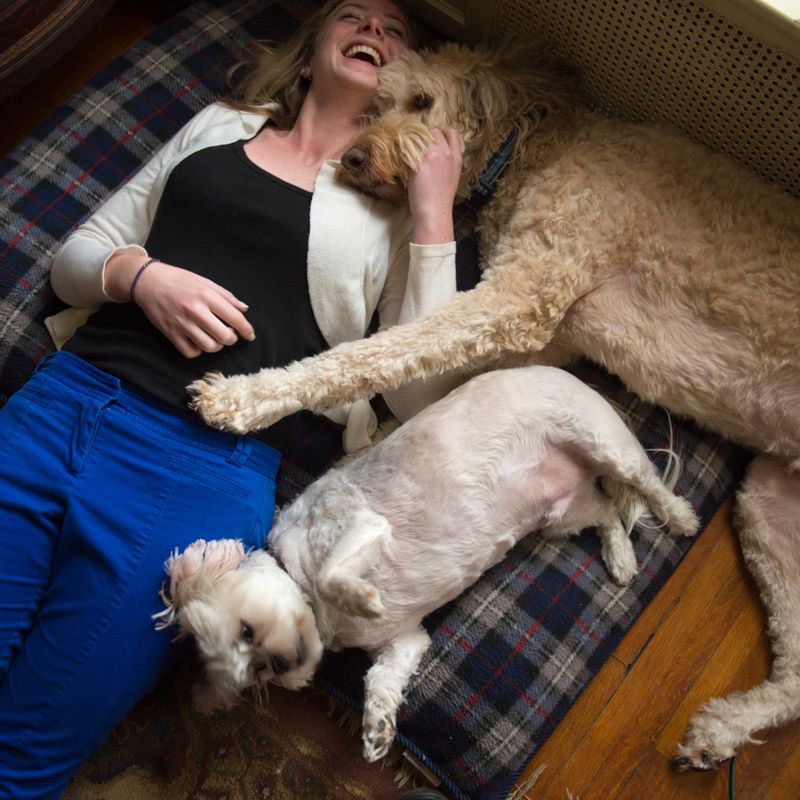Dogs have an incredible ability to read and respond to human emotions and actions, making them not only loyal companions but also sensitive cohabitants. This blog explores ten fascinating ways they achieve this, showcasing their empathy, intelligence, and intuitive nature. Each section reveals a unique aspect of how dogs interact with us, building stronger bonds and enhancing our understanding of these amazing animals.
Mirroring Facial Expressions
Ever notice how your dog seems to smile when you do? Dogs are masters at reading human faces and can mirror our expressions with surprising accuracy. This behavior is thought to originate from their time spent with humans throughout history, enhancing their bond with us.
When a dog sees a happy face, they often reflect that joy back with a wagging tail and a gleeful expression. It’s their way of saying, “I feel you!” and strengthening the connection.
Next time you’re cheerful, watch how your furry friend’s demeanor changes, creating a shared moment of joy between species.
Sensing Emotional Changes
With their senses finely tuned, dogs can perceive changes in human emotions almost instantly. They pick up on subtle cues such as tone of voice and body language, responding with comforting gestures like snuggling close.
This ability isn’t just about empathy; it’s a survival trait that has helped dogs adapt to living alongside humans. Whether you’re stressed or upset, your dog might just be the first to notice, offering comfort through their presence.
Their sensitivity to emotions makes them exceptional support animals, providing solace without judgment or expectation.
Imitating Human Speech Patterns
Some dogs have been known to imitate speech patterns, creating sounds that resemble human words. While they might not grasp the language, these vocalizations often reflect their desire to communicate more deeply with their human companions.
This mimicry shows just how closely dogs observe us, trying to bridge the gap between species with their unique approach.
Such attempts, filled with charm and effort, often lead to moments of laughter and surprise, highlighting the playful bond between humans and their furry friends.
Responding to Body Language
Dogs are incredibly perceptive when it comes to human body language. A simple gesture, like open arms, can prompt a reaction such as running over for a hug. This sensitivity highlights their ability to understand non-verbal communication.
Their knack for interpreting these cues can make training easier and interactions more enjoyable. It’s no wonder they excel in environments where body language is paramount.
By observing our movements, dogs learn what makes us happy, sad, or angry, tailoring their responses to strengthen our bond and improve mutual understanding.
Copying Human Routines
Ever caught your dog mimicking your daily routine? Dogs are keen observers, often copying human habits such as stretching, yawning, or even following you to the bathroom. These actions show their desire to be part of our world.
Copying routines reinforces their social connection with humans, demonstrating their understanding of household dynamics.
This behavior not only amuses but also highlights their adaptability, as they seamlessly integrate into our lives, turning simple actions into shared experiences.
Echoing Human Energies
Dogs have an uncanny ability to match the energy of those around them. Feeling energetic? Your dog is likely to join in with enthusiasm, mirroring your vigor, especially during activities like running or playing.
This syncing of energies is more than just a reaction; it’s an expression of their desire to bond and engage with their human companions.
By matching your pace, dogs not only offer companionship but also encourage a healthier lifestyle, serving as the perfect partners for active adventures.
Understanding Human Commands
Through training, dogs learn to understand human commands, responding with actions that reflect their keen intelligence and willingness to please. Their ability to comprehend verbal cues showcases their adaptability and eagerness to connect.
When a dog lifts a paw on command, it symbolizes not just obedience but a deeper relationship built on trust and communication.
This mutual understanding enriches the human-dog bond, fostering an environment of respect and cooperation, where both parties learn and grow together.
Empathizing with Human Moods
Dogs are natural empaths, often mirroring the moods of their human companions. Whether you’re jubilant or reflective, your dog seems to sense it, adjusting their behavior to complement your emotional state.
This empathy is not just a learned trait but an innate part of their nature, deepening the connection between species.
Their ability to share in our highs and lows creates a comforting presence, reminding us of their role as loyal partners in life’s journey.
Adapting to Human Lifestyles
Dogs have shown remarkable adaptability to human lifestyles, whether living in the countryside or a bustling city. They adjust to different environments, schedules, and social settings, reflecting their versatile nature.
This adaptability is key to their success as companions across diverse human societies. It’s fascinating to see how they embrace changes, finding joy in new experiences and adapting to our ever-evolving world.
Their ability to fit seamlessly into our lives makes them irreplaceable partners, enriching our daily routines.
Reflecting Human Stress
Just as dogs sense our joy, they also pick up on stress, often reflecting it in their behavior. If you’re feeling anxious, your dog might become restless, too, showcasing their deep emotional connection.
This mirroring can serve as a gentle reminder to manage stress, as our furry friends react to our emotional climate, affecting their well-being.
Their sensitivity to our stress highlights the importance of maintaining a calm environment, promoting mutual relaxation and harmony.
